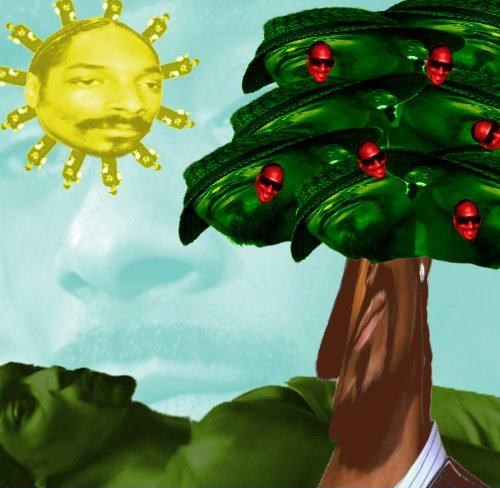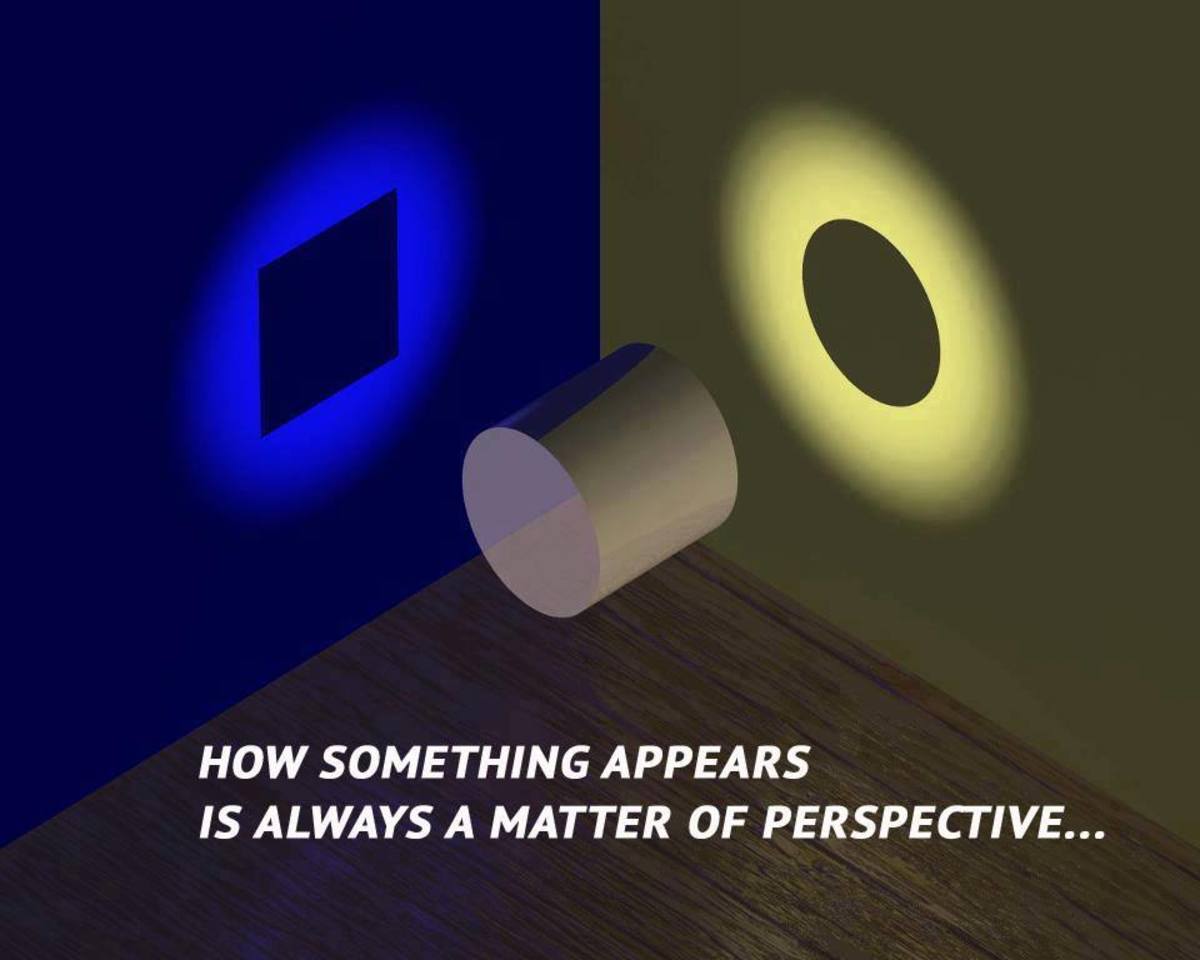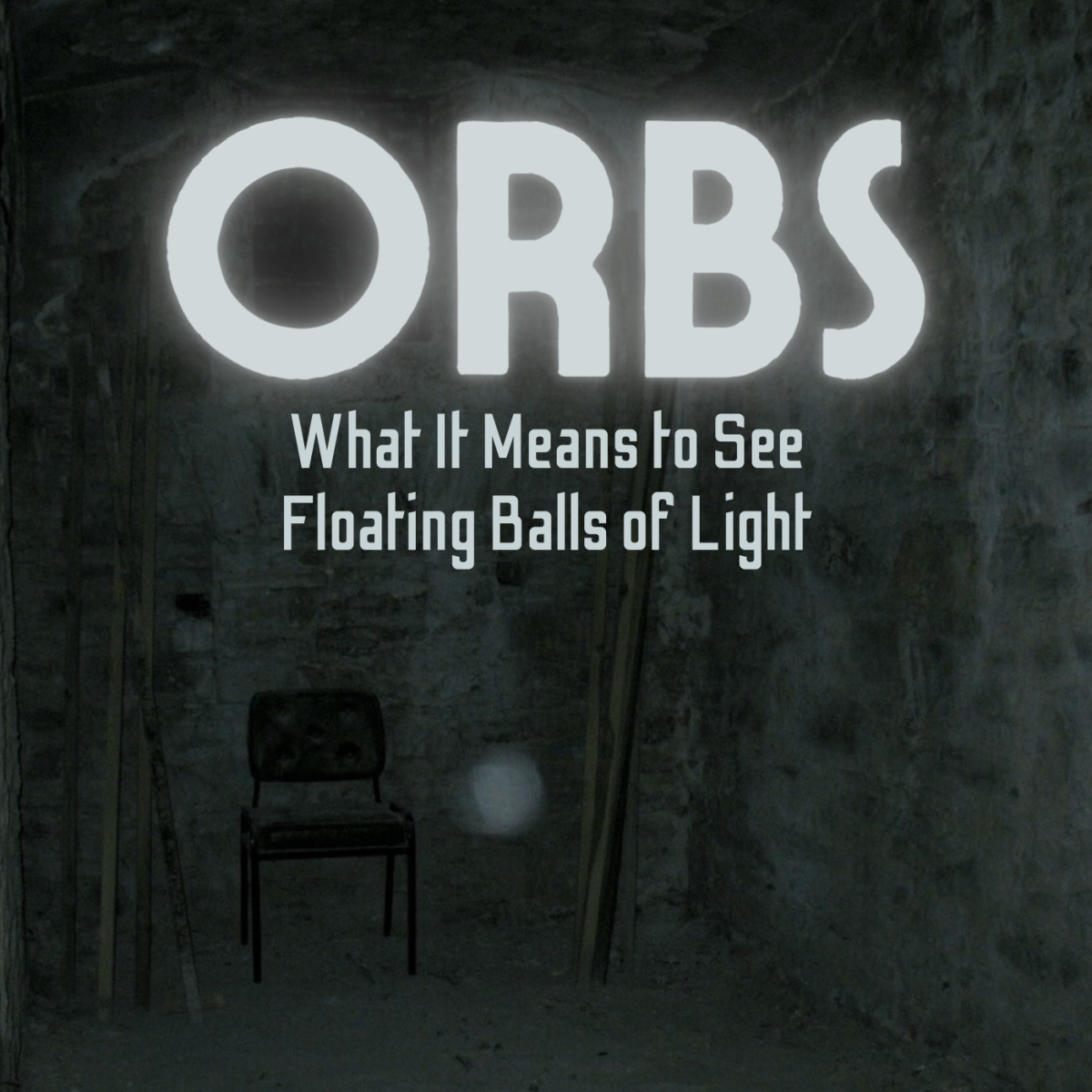This Picture of Snoop Dogg Explains Existence
Snoop Dogg, Monism, and String Theory
Ridiculous, isn't it?
The image in question is a meme that's been making its way around the internet since at least 2013. "Everything in this picture is Snoop Dogg," the caption typically declares, shooting for humor through ridiculousness. At first glance, this might just look like a silly image. Upon further reflection, however, we can see its potential in explaining grandiose ideas about existence itself. Bear with me here.
The most striking feature of our curious little image is the fact that, even though there's a field of grass, a great tree, a blue sky, and a shining sun, all of these different things are actually just one thing: Snoop Dogg, albeit in a bunch of different colors, poses, and proportions. All the different parts of the picture are, in fact, not different at all. Every single thing, despite seeming diverse, is of the exact same substance as every other thing, with said substance, of course, being Snoop Dogg.
The recognition that everything in existence is all fundamentally one substance, albeit in infinite different forms, is called monism. Monism is very well accepted in the modern world - everything, of course, is made of atoms - but this philosophy can, in fact, take us far deeper than the atomic level. Atoms themselves are made of protons, neutrons, and electrons, and these three are clearly different things. That raises the question of whether these different subatomic particles are just different conglomerations of one smaller, more basic, particle, thus reaffirming the doctrine of monism, or if we must throw this doctrine out. According to some strains of thought - both of the philosophical and the scientific kinds - there very much is a subatomic particle, smaller still than even electrons, that every larger particle is made of. Really, though, we shouldn’t use the term “particle” here, because what we're talking about is a wave; or, if you'd like, a string.
Here enters string theory, which has long been infamous among scientists and the general public for its difficulty to comprehend. Thankfully, though, for our purposes, we need only cover the basics. String theory states that the most fundamental and indivisible components of creation are - you guessed it - strings. Said strings can vibrate in any number of ways, and whatever way they vibrate determines what kind of particles they can combine to form. Naturally, they’re much too tiny to be detectable by people, but science has been testing for their existence for decades, and thus far, string theory has neither been definitively proven nor disproven. Regardless of the validity of this theory, however, we may take it seriously, because it does not just exist in the scientific realm. In fact, it has endless parallels in ancient religions and philosophies, with one in particular that’s important for our purposes; process philosophy.
Process, Experience, and Advaita Vedanta
Process philosophy was developed in the early 20th century by Alfred North Whitehead, who was an obscure but important figure, having greatly influenced Bertrand Russell, and by extension, Ludwig Wittgenstein. Whitehead’s philosophy was centered around two basic tenets; that everything in existence is made up of experiential, wave-like “actual entities”, and that these actual entities are in a state of constant flux. Instead of following physicalism and supposing that consciousness is merely a biological trick, or even grappling with the centuries-old mind-body problem and trying to separate out mind and matter as two fundamentally different things, Whitehead combined them into two aspects of the same basic thing. In process philosophy, the actual entities that make up existence are both physical and experiential. They, even at the most basic level, are able to experience the world around them, and this feature is an integral part of their physicality, rather than being separate from it.
Therefore, everything in Whiteheadian process philosophy is experiential, and while true consciousness only arises where many of these experiential actual entities network together (like in the neural networks of the human brain), proto-consciousness is everywhere. In this lies the great tragedy - or perhaps the great gift - of life. Even though everything experiences, and the entire universe is abuzz with awareness, you are relegated to experiencing only your own little bit of consciousness. You don’t experience anything outside of yourself as it really is. In fact, everything outside of yourself that you experience is experienced through the filter of your consciousness. It’s been said that we hallucinate our everyday realities, and although that claim may sound preposterous, it really isn’t all that far off. You can never experience anything outside of yourself as it actually is; only as it is through the filter of your consciousness. However, no such filter exists between your consciousness and itself. Thus, your consciousness is the only thing your consciousness can observe and accurately comprehend.
It’s not a death sentence to our understanding of existence, however, to say that we can only understand ourselves. Returning to Snoop Dogg for a moment, the image clearly shows that, while every mini-image is a different manifestation of Snoop Dogg, at the end of the day, everything in the larger image is all still Snoop Dogg. So it is with the universe. When everything in existence is made up of the same sort of network of experiential strings that you are, we can comfortably call you a microcosm of the universe and the universe a macrocosm of you. You, as the saying goes, are the universe experiencing itself, and since you can only accurately experience yourself, you must look within if you seek to understand the universe. You and the universe both are simply sprawling networks of experiential entities. To understand one such network is to understand the other.
We can see an interesting mirror to this concept in Hindu philosophy; specifically, in the Advaita Vedanta tradition. The Hindus have developed a concise phrase to illustrate this concept, and that phrase is "Atman is Brahman", which is one of the Mahavakyas, or Great Sayings. Here, Atman is roughly equivalent to the Soul or Self, while Brahman is roughly equivalent to the Universe or its underlying principle or source. Thus, if you wish to understand the Universe, or Brahman, you can look within, toward your Atman, for the two are one and the same. And, in our preposterous little picture, any single Snoop Dogg would only have to look within and understand that he is, indeed, Snoop Dogg, in order to understand the rest of his universe, which, of course, is also all Snoop Dogg.

Further Reading
© 2020 JW Barlament






